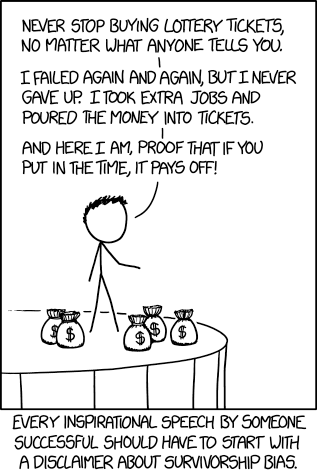In late 2013, some colleagues and I applied for funding from the University of Minnesota’s Healthy Foods, Healthy Lives Institute. Because of the name of the institute, we thought “People think of local and organic foods as healthy foods, and they think of an illness-free life as a healthy life, so why not look at the relationship between local and organic foods and food safety?”
So we submitted a proposal, and it got funded. It was a pretty small amount of money, as far as these things go–less then $5,000–and our research team eventually split along disciplinary fault lines. But because I could not look at the relationship between local and organic foods on one hand and food safety on the other hand in a way that was methodologically satisfactory to me, I chose to look instead at the relationship between farmers markets and food-borne illness.
Four years (and a New York Times op-ed) later, I am happy to note that my article titled “Farmers Markets and Food-Borne Illness,” coauthored with my former Master’s student Jenny Nguyen, is now published (gated; please email me for a copy) in the American Journal of Agricultural Economics.
